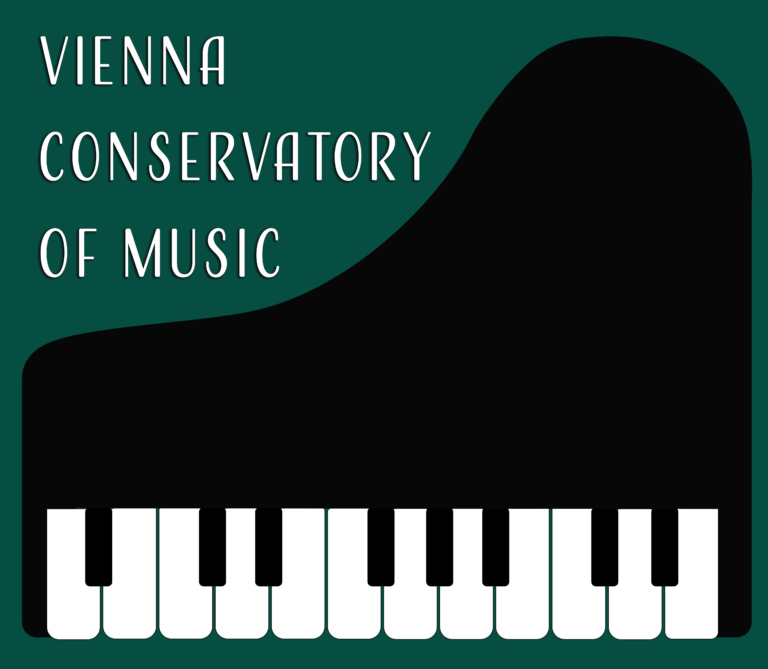Students of all ages and levels can learn to read, play, and interpret pieces. The piano allows for a student to learn melody, chords, and rhythm. Teaching important elements of music which include, pitch, harmony, rhythm, articulation, and dynamics. Proper hand placement, fingering and posture are also developed throughout lessons. Learning to play the piano allows for endless opportunities on exploring music.
Musicianship
1
Ear Training develops a student’s ability to hear tones, and to sharpen the sense of rhythm, and instinct while playing. These skills can be used to interpret and play music by ear and helps to understand distances between notes. Teaching students to hear relative pitch from one note to the next aids students in understanding intervals. Students can expect to develop clearer hearing skills, sight-reading instincts, and better understanding of the musical scores.
2
Sight Reading teaches students to look ahead, interpret, and react to what is coming on the musical score.
3
Music Playback is how students learn chord-based exercises and chord progressions helping students develop playback by ear. These skills prepare them for more advanced practical and theoretical studies.
